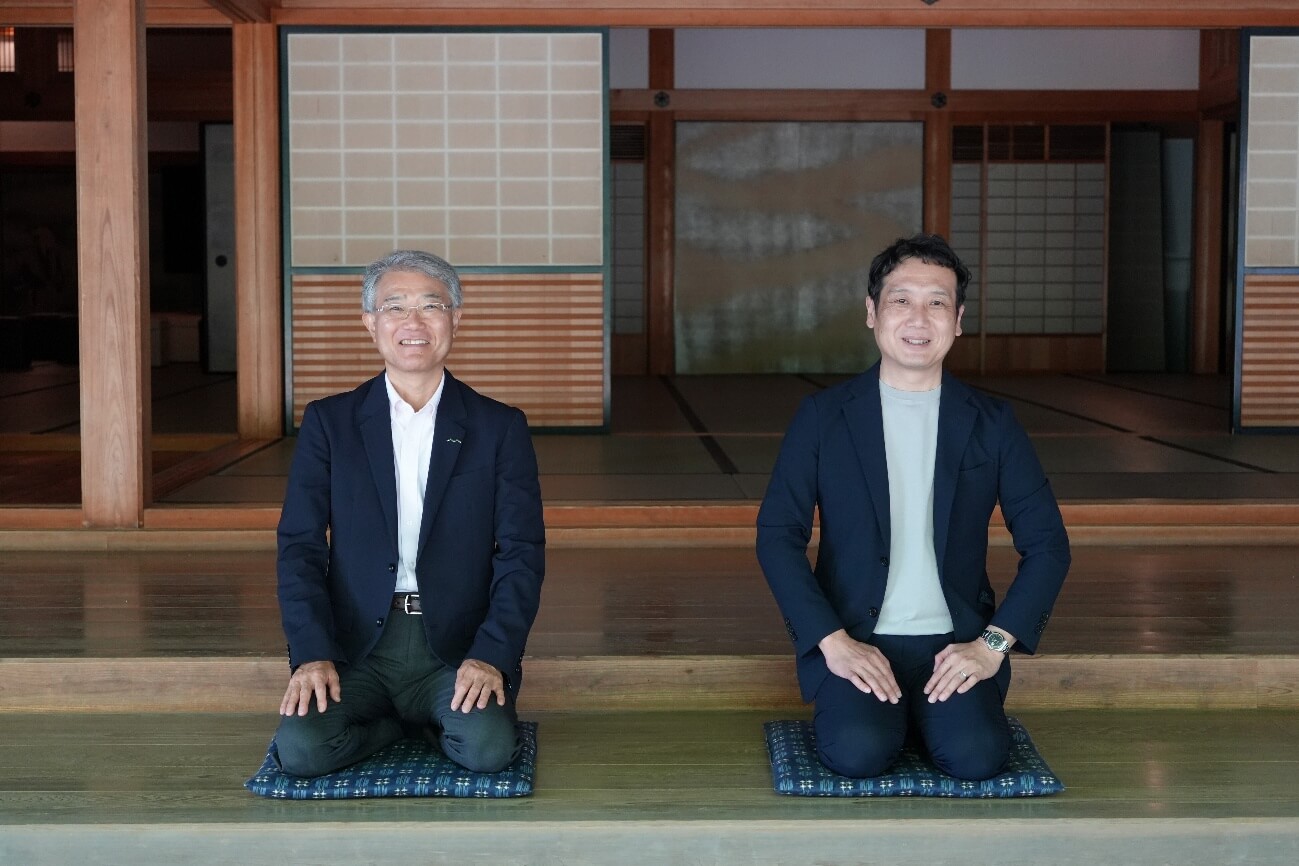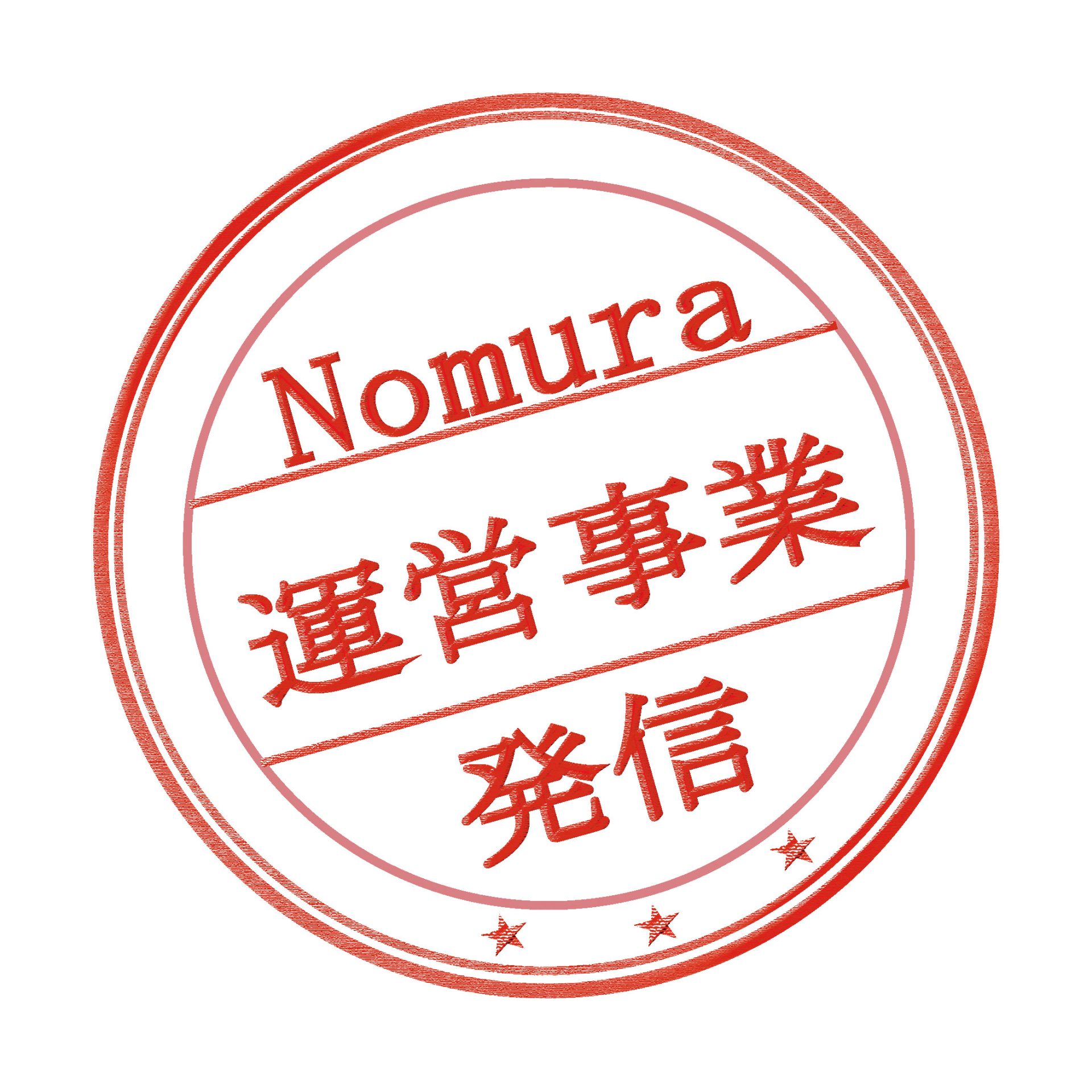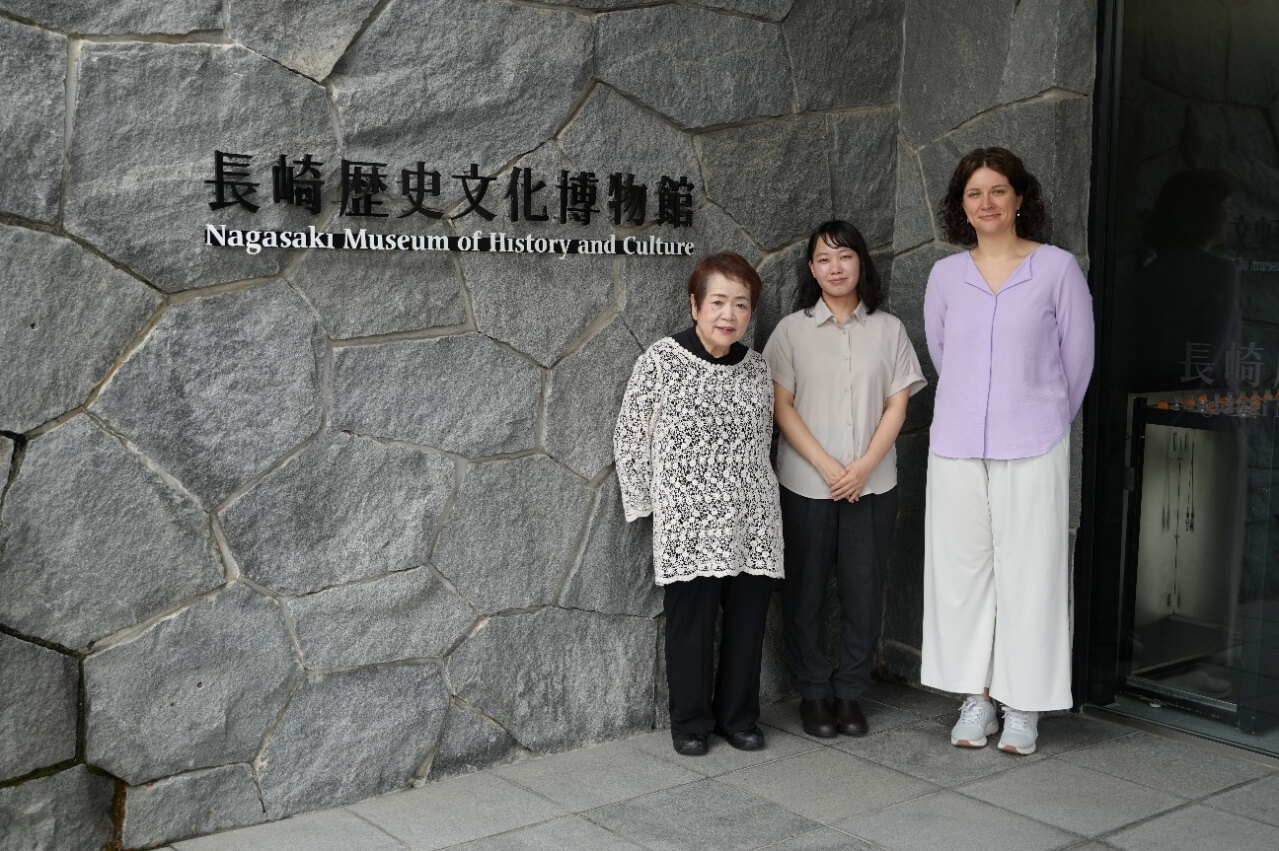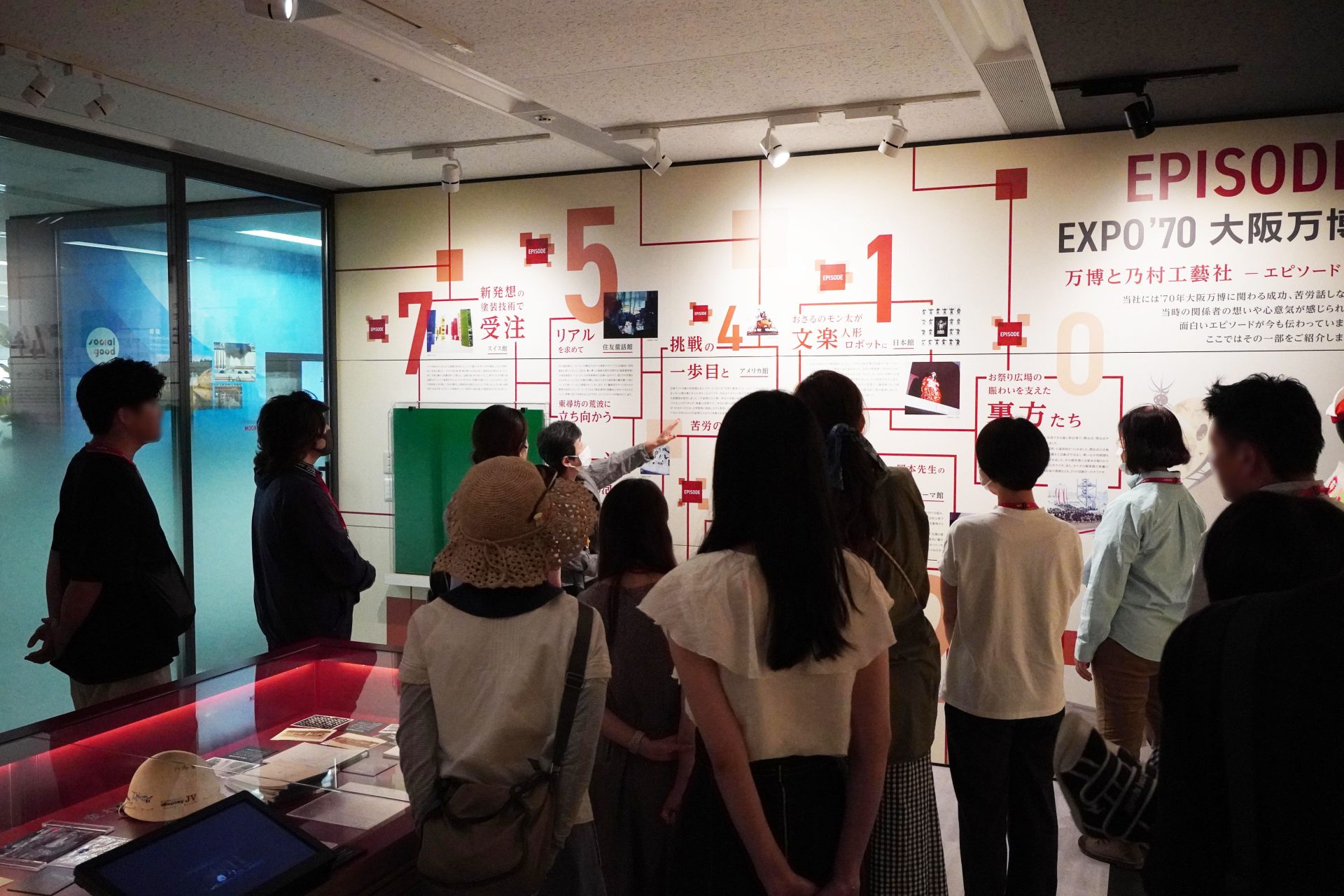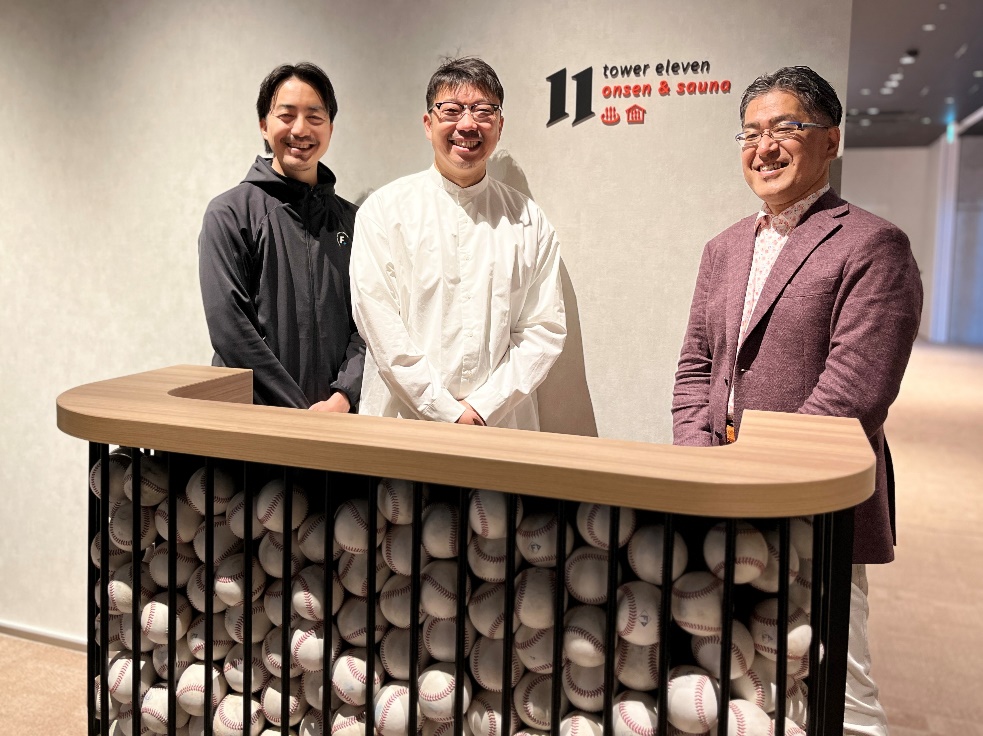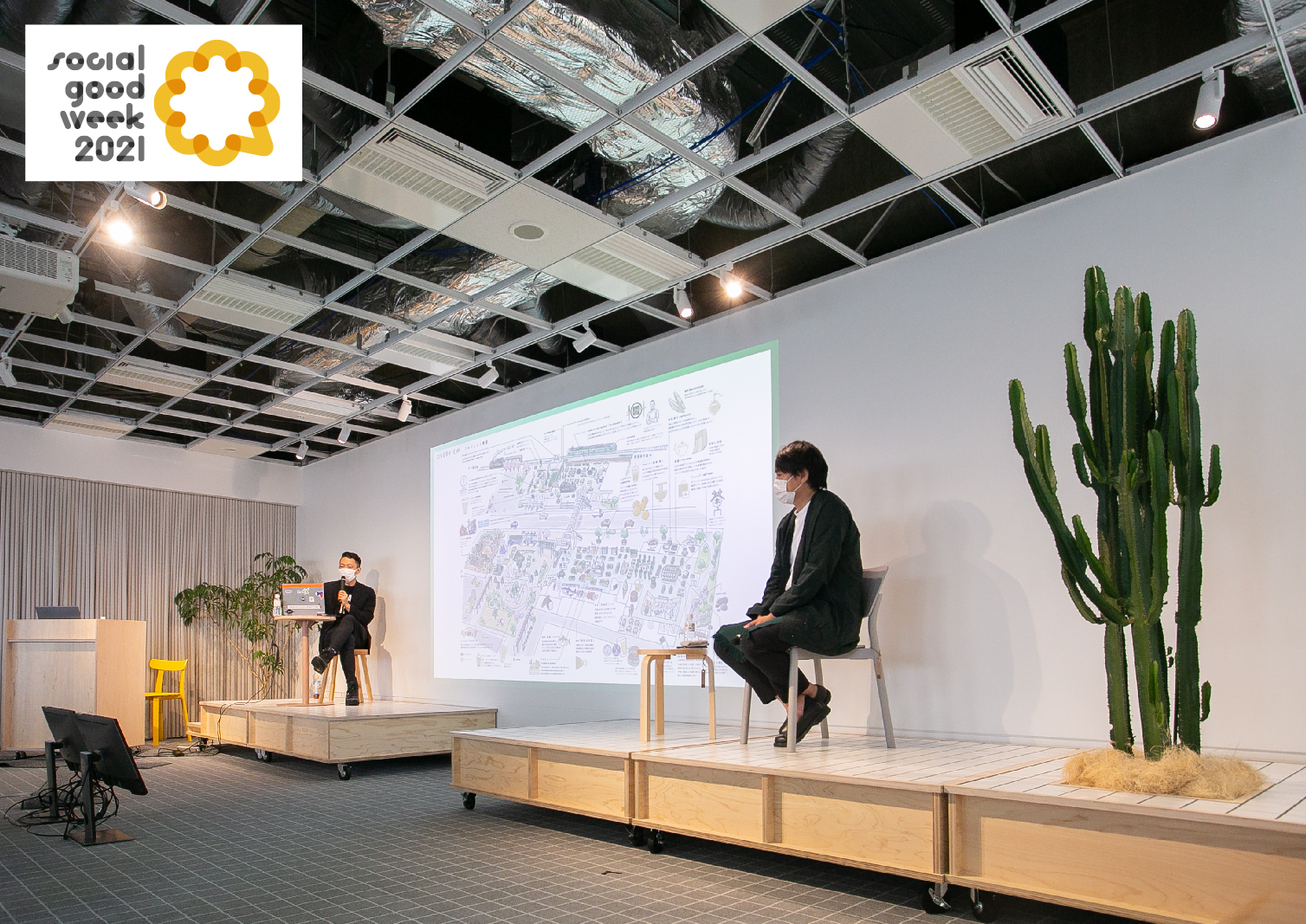
"KADODE OOIGAWA" in collaboration with the government, local companies, and farmers
2022/02/03- text and edit by
- nomlog editorial department
KADODE OOIGAWA, a hands-on food park, was realized after 5 years of efforts with the two goals of promoting agriculture and regional development by gathering the power of many people involved, including the government, local companies, and farmers. He talked about the process and various ideas and efforts to continue sustainable operations as a hub for regional industries and communities.
This article is a report article of the event "Social Good Week 2021" that introduces the "Social Good" projects of NOMURA GROUP.
* Click here for details on “Social Good”
NOMURA GROUP 's Social Good (Part 1 / Part 2)
* Click here for a list of report articles on “Social Good Week 2021”
KADODE OOIGAWA, an experience-based food park for tea and agriculture
 KADODE OOIGAWA Co., Ltd. Sales Division Manager
KADODE OOIGAWA Co., Ltd. Sales Division Manager
Takanori Sugiyama
Joined KADODE OOIGAWA after working as a loan officer at JA and in insurance sales. Mainly engaged in food and beverage menu development, realizing numerous collaboration projects with local companies. In addition, with the aim of increasing the income of local farmers and reducing food loss, the company purchased tomatoes that were discarded without being shipped, processed them into tomato sauce at a local company, and used them in the facility's restaurant.

NOMURA Co., Ltd. Planning Division Planner/Creative Director
Ryusuke Nomura
Engaged in development of commercial facilities, regional revitalization, concept planning of workplace space design, etc. We are working on solving customer problems in various fields, building communication, and focusing on spatializing it.

NOMURA Co., Ltd. Creative Headquarters Designer
Noriaki Tamura
Joined in 2003. Starting from museum design, he has worked on many projects that are not limited to markets or fields, such as corporate showrooms, exhibitions, food and beverage stores, and workplaces. We provide new value by creating spaces through the combination of information design and interior design, and by designing invisible relationships in that process.
A facility that regains confidence and pride in the region
(Nomura)
Today, at KADODE OOIGAWA in Shimada City, Shizuoka Prefecture, I would like to talk about how we interacted with the community and how we built the facility.
KADODE OOIGAWA is a hands-on food park facility built in Shimada City, which is located almost in the center of Shizuoka Prefecture. It is located right next to the Shimada Kanaya Interchange on the Shin-Tomei Expressway, and there is also a new station on the Oigawa Railway within the facility. Facing the Japan Alps to the north and the Pacific Ocean to the south, it is easily accessible from both Tokyo and Nagoya. The aim of the project was to revitalize the area by creating a "bustling facility" here.

The site area of the facility is approximately 1.4 hectares. There are three facilities in it: a cafe building, a marché building, and a restaurant building. The restaurant building has a new station where the steam locomotive of the Oigawa Railway passes, and next to the new station there is a tourist information center "TOURIST INFORMATION Ooi Navi" operated by the tourism association of Shimada City, which serves as a base for sightseeing in the surrounding area. .

The background to the creation of this facility is the strong demand for land use that responds to disaster prevention and mitigation after the Great East Japan Earthquake. In Shizuoka Prefecture, industries are concentrated on the sea side, and large damage is expected from a tsunami when a Nankai Trough earthquake occurs. Therefore, the prefecture launched the "inland frontier concept" to increase the industries concentrated on the sea side to the inland area.
In fact, when the Shin-Tomei Expressway was planned in 1991, the government approached farmers with the idea of creating a new industry in this area. It didn't happen. However, in recent years, there have been changes in the environment surrounding agriculture, such as an aging population, a decline in the industrial population, and falling tea prices. At the same time, this area was designated as an "inland frontier" promotion area, and the construction of this bustling facility was planned. In 2016, four companies, Central Nippon Expressway, Shimada City, JA Oigawa, and Oigawa Railway, started a project to develop a bustling exchange base around the Shimada Kanaya IC. NOMURA Co., Ltd. also participated in it, and was in charge of production and planning design.

The mission of the business was to create a bustling community with tea and steam locomotives, and to create a facility that could make use of untapped resources in the community. Amid the declining birthrate, aging population, declining agricultural population, and declining tea industry, how to revitalize local agriculture was a major issue. At that time, inbound tourism was booming, so attracting foreign tourists visiting Japan and customers from inside and outside the prefecture was also raised as an issue. For us, first of all, in order to think and decide the “significance” of creating a facility in the community, we asked the questions “Who will do it?” “For whom?” I was.

To revitalize the region, agricultural promotion and regional development are the core. Agricultural promotion is about agricultural products such as tea, vegetables and fruits. Regional development means creating jobs and improving transportation functions while utilizing the tourism resources that lie dormant in this area.
I gave three points to advance the plan. The first is to be loved by the locals. It is important to think together with the local community and create a facility that the local people can be proud of, rather than just planning and building facilities on their own. The second is to make the best use of local resources. With this facility as a hub, we will send tourists to surrounding tourist spots and disseminate information based on this facility where people, goods, and services intersect. The third is to make an easy-to-understand and attractive message. We started the project with the aim of attracting customers from outside the region by making the most of the content of tea and SL.

If there is something lacking in rural Japan, it is the confidence and pride of the locals. From the outside, the scenery is beautiful and the food is delicious, but the locals humbly say, "That's not true." From a different point of view, the main theme is to share such wonderful local points, restore the pride and confidence of the community, and create a place that everyone can love.
The underlying theme is to improve the income of farmers. The foundation of the facility was the desire to contribute to the creation of a place where farmers could sell their produce and disseminate information. At the same time, I thought about how sustainable agriculture should be.
From here, designer Tamura and Mr. Sugiyama of KADODE OOIGAWA would like to talk a little more specifically about this facility and its contents.
Aiming for the 6th industrialization of agriculture and entertainment
Tamura
In response to a request from a business operator who wanted to revitalize the region and agriculture, the goal was not to open the facility, but to create a system that would allow it to operate properly even after opening. The key word is sixth industrialization*. In addition to the 6th industrialization of agriculture, we are conscious of its visualization and create a mechanism that can be felt everywhere in the facility. We wanted to create not only a commercial product but also an experience, so we set the overall design concept as "sixth industrialization of agriculture and entertainment".
*The 6th industrialization of agriculture refers to the comprehensive and integrated promotion of production as the primary industry, manufacturing and processing as the secondary industry, and distribution and sales as the tertiary industry, thereby enriching local resources. It is an initiative to create new added value by utilizing
This time, I would like to introduce two topics regarding how I viewed the sixth industrialization.
The first topic is the green tea experience starting from "concept tea".
Shizuoka Prefecture is one of the leading tea-producing areas in Japan, but there are so many types of tea that it is difficult to tell the difference, and it is difficult to know how to choose and buy tea. Furthermore, tea in PET bottles has become mainstream, and we are in an era where leaf tea cannot sell. Therefore, we devised a matrix named MANDARA GREEN TEA by combining 16 types of "steaming" and "heating" in stages, starting from the concept tea.

With the staff of KADODE OOIGAWA and the tea masters from the tea business centers in the three areas of JA Oigawa, we learned about the steaming time, the pasteurization time, and the light blue color of the brewed tea. We also compared the colors of the tea, and finally summarized it into 16 types, creating a system that makes it easy for customers to choose tea.
We also had a mission to let anyone enjoy tea casually, so we commercialized a tea bag that allows you to easily enjoy tea.

The 16 tea names are named in order from the Iroha song, "I, Ro, Ha, Ni, Ho, He, and ...", and the logo is a combination of hiragana and Roman letters. In the Marche building where tea is sold, 16 MANDARA tea pillars were set up, and the experience of encountering green tea itself was made into a space while walking around the sales floor.
 Information about the tea is displayed on the MANDARA tea column.
Information about the tea is displayed on the MANDARA tea column.
Various information about the tea is engraved on the tea column as a message "#", and it is a trigger for conversation between the store clerk and the customer, and between customers, so that you can choose your favorite tea. . In addition, there are omikuji called “tea omikuji”, “#ema” where you can turn over the ema and choose the tea you are interested in, and “green tea diagnosis” that will introduce you to the tea that is perfect for you by answering 8 questions on your smartphone. We are preparing and making encounters with tea.

So far, we have been working on product sales, but in the Marche building, we have created a “green tea BIY stand” and prepared a place to experience “drinking”. You can brew your own tea using tea bags and enjoy the change in taste, aroma, and water color depending on the temperature and time.

In addition, we have prepared a hands-on attraction called “Green Tea Tours”. The three processes of "steaming", "kneading", and "burning" in the tea factory are made into entertainment, and customers can wear green kappa and experience the tea making process as if they were tea leaves.

In addition, for those who want to taste deliciously brewed tea, we have set up a “saryo” where we offer the finest green tea in several optimal ways.

This is the platform we built to experience, sell, and promote green tea. Even after opening, KADODE OOIGAWA has taken the lead in utilizing this platform in collaboration with product planning and events. Building this platform is a major feature of this facility.
Improving the income of farmers and local businesses through menu development
Tamura
The second topic is menu development using green tea and local agricultural products. From here, I would like to invite Mr. Sugiyama from KADODE OOIGAWA, who was actually involved in the menu development, to talk about various things. Mr. Sugiyama, what kind of thoughts and ideas did you have in developing the menu?
Sugiyama
We wanted to convey the charm of the region through food, and furthermore, we wanted to connect it to the income of farmers and local companies, so we proceeded with menu development. The core of this facility is the concept tea MANDARA GREEN TEA and fresh local vegetables, so it was both interesting and difficult to figure out how to incorporate it into the menu.
At first, I was worried about how I could combine tea and vegetables to create a delicious menu. I was able to organize it by doing it.
Tamura
From the beginning, the basic plan was that everything in the facility should be related to tea, and I think Mr. Sugiyama had a lot of trouble. It's become a menu that can be conveyed.
Sugiyama
I agree. In the end, it became a form that trimmed unnecessary parts.
The most difficult thing about the green tea burger was where to put the tea. Originally, there was a hamburger served at an event by Mr. Asahien, a tea shop in Kawanehoncho, Shimada City, and it was covered with a green sauce using tea, but it would be boring to do the same thing at this facility. So I developed the current green tea burger after many discussions with Mr. Asahien. In the end, I put the tea in the buns and used tea as part of the sauce to give it a taste. In addition, there is a local dish of tea leaf tempura on the side menu, so we arrange it in a Western style and serve it as tea leaf fritters with French fries. When you take a bite, the green buns have a strong impact, and I think it was easy to understand that tea was used.

A green tea burger with green buns filled with tea
At first, I thought that ochazuke couldn't compete with dashi ochazuke, which is popular now. Yanagiya Honten, a katsuobushi shop in Yaizu, broke that preconceived notion. He visited me several times, and one time he brought me a katsuobushi shaving machine and said, "Why don't you try shaving katsuobushi?" At that time, I was shocked by the taste and aroma of freshly shaved bonito flakes. At the shop, the bonito flakes are shaved on the spot. I think I've made a delicious ochazuke that's as good as dashi ochazuke.

Ochazuke topped with plenty of freshly shaved bonito flakes is also very popular.
Tamura
Mr. Sugiyama was conscious of regional ties, such as collaborating with local chefs at restaurants.
Sugiyama
The restaurant was supervised by the chef of the popular Italian restaurant "NORI" in Fujieda City (as of July 5, 2021). In addition, in order to bring out the originality, we developed the menu with the cooperation of local farmers and people from the JA women's department who are making side dishes.
The menu of the restaurant has changed slightly since it opened. At first, we served a plate of pasta or pizza to the customer, and the rest of the dishes were served as a buffet. There were also people, so now we have a full buffet so that you can take as much food as you want.
Also, there was a voice that there was little meat. However, simply using a lot of meat in a dish is not interesting, so we decided to offer vegetables that are as delicious as meat, so we created a corner for instant steamed vegetables, where the vegetables selected by customers are steamed in front of them. I made it possible to make it a vegetable.
The most important thing for a restaurant to do right now is to operate the restaurant while valuing the voices of the staff and customers.
Since opening, we have been working to eliminate food loss. In addition to reducing the loss in the facility, we also worked to eliminate the loss at the farmer's stage. The farmers we do business with produce about 2.5 tons of tomatoes every six months that are discarded without being shipped due to poor shape or softening. All of them are purchased by KADODE OOIGAWA, processed into tomato sauce by a local company, and used in restaurants. We plan to sell to customers in 200g packs what cannot be used up at restaurants (currently sold as a set with frozen fresh pasta in December 2021). We were able to eliminate food loss, contribute to the improvement of farmers' income, and contribute to the sales of the facility.

Nomura
Mr. Sugiyama, thank you very much. We have been going to Shizuoka every other week for about five years, and have worked on solving regional issues through public-private partnerships. At first, we were fumbling around, but in the end, this facility was completed as a platform for resolving local issues. I believe that the success of this project was due to the fact that we were able to think about not only the superficial design, but also product development, human resource development, and the creation of an operational system together.
Tamura
As a result, I think that what I made is symbolized by those 16 tea pillars. I think I was designing the process and invisible relationships that lead to that.
(Nomura)
I mentioned earlier that the significance of this facility is that the local people have confidence and pride, but I think it is very important to find value in the "natural" of the area. I believe that the significance of the KADODE OOIGAWA project is that we changed the interpretation of what the locals took for granted and turned it into such a wonderful facility. I would like to continue to create facilities that can contribute to the community in this way.
The space becomes a platform to revitalize the region and agriculture. In order to succeed, it is necessary to work from a long-term perspective, such as product development, human resource development, and the creation of a management system. It was the content that felt something. I think that the improvement of the food menu through operation and the reduction of food loss in the entire process have led to better activities since opening, which I think is proof that this space has become a platform. increase. Please pay attention to the future KADODE OOIGAWA and space creation as a platform that we are working on. (nomlog editorial department)
Text: Sho Iwasaki/Photo: Yui Yasuda (during the event)
Like this article?

